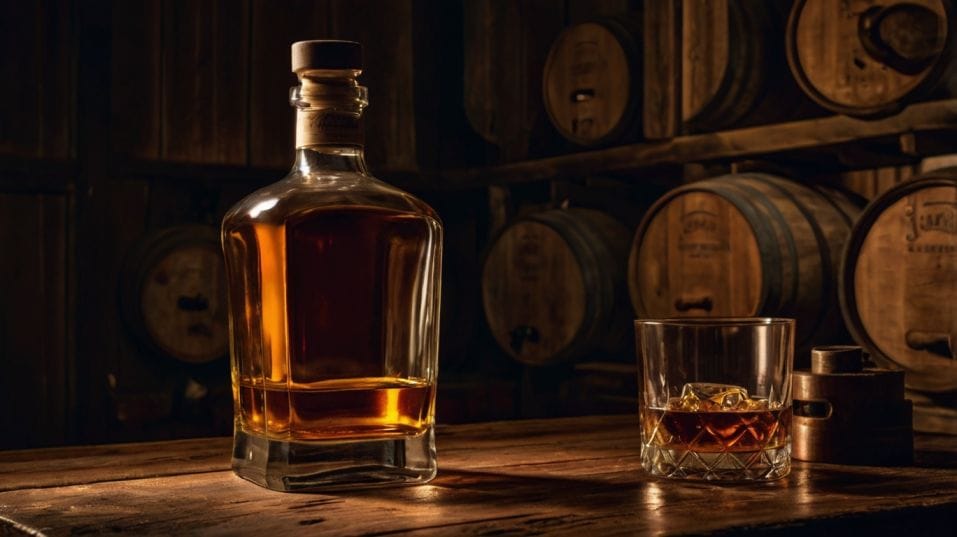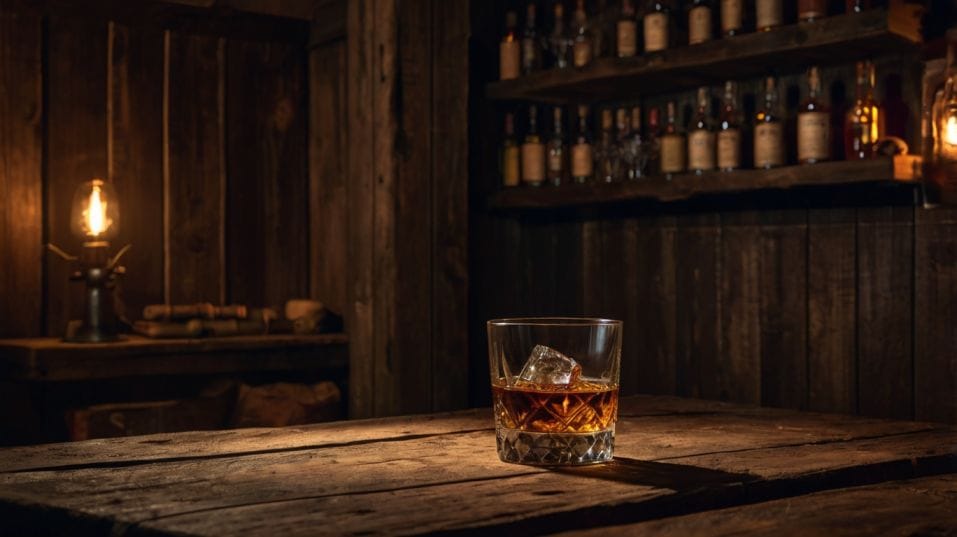Display or Drink? The Collector’s Dilemma
Struggling to open your whiskey bottles? Learn why pouring, tasting, and tracking each dram is the key to becoming a confident collector.

Are you collecting whiskey to savor or to store? That first special bottle—maybe a souvenir or a rare find—can spark a habit. Before long, you’ve got a shelf of unopened treasures, each one waiting.
But waiting for what? If you’re new to whiskey and feeling stuck between admiration and experience, here’s the hard truth: real appreciation starts with the pour. Let's talk about how—and why—you should finally open one.
Whiskey Was Made to Be Drunk
This isn’t romanticism. It’s reality. Whiskey, from its earliest distillation to its final seal, is made with one purpose: to be experienced. Not worshipped. Not hoarded. Not left in shrink wrap like an action figure from 1996.
The flavors inside that bottle don’t evolve once sealed. Unlike wine, whiskey doesn’t age in glass. The bottle you bought three years ago tastes the same today—unless you open it.
That’s when the whiskey starts to live. That’s when it interacts with air, shifts subtly over time, and becomes something you can actually know.
If you’re sitting on bottles because you’re afraid to waste them, you’re misunderstanding their value.
Whiskey isn’t precious because it’s rare—it’s precious because it’s personal. You don’t get that from a shelf. You get that from a pour. The idea that opening a bottle somehow “kills” its worth is flawed.
Stored well (cool, dark, upright, tightly sealed), whiskey remains stable for months or even years after opening. Taste it slowly. Track how it changes. Make the bottle a reference point, not a relic.

Your Shelf Isn’t a Trophy Case
Collecting is part of the culture. There’s nothing wrong with wanting beautiful bottles, rare releases, or limited editions. But if you’re doing it to impress others—or worse, to chase status—you’re missing the deeper satisfaction of the hobby.
True collecting starts with a question: What am I curious about? Maybe you want to explore how rye grain impacts spice.
Maybe you're drawn to coastal single malts, or cask strength bourbons. That curiosity should shape your shelf. Not whatever just dropped on Reddit or spiked on the secondary market.
Ask yourself: If no one ever saw my collection, would I still enjoy it?
That’s the test. Because the best collectors aren’t show-offs. They’re learners. Tinkerers. Tasters.
A smart shelf isn’t crammed with sealed bottles. It’s balanced. A few open for active tasting. A few you’re aging into. A few you keep for context. Whiskey is a journey, not a display.
Drinking Teaches You More Than Reading Ever Will
You can read tasting notes all day, but until you actually taste whiskey, you won’t feel the difference between a tight finish and a lingering one.
You won’t know how toasted oak plays against sherry sweetness or why high-rye mashbills hit so sharp at the front of the tongue. That knowledge only comes through direct experience.
Opening bottles forces your palate to evolve. The more you taste, the more data you gather. That makes you a smarter buyer.
You’ll begin to recognize which regions, proofs, grains, and finishes truly match your preferences—and which are just marketing in a fancy bottle.
You also build judgment.
Once you’ve tasted five or ten 12-year-old single malts, you’ll start seeing patterns. You’ll know what a $70 bottle should deliver.
You’ll spot when something’s overhyped or underpriced. That kind of insight can’t be Googled. It’s earned, one sip at a time.
Technique Is How You Get More from Every Pour
Tasting well is a skill. And like any skill, it improves with deliberate practice.
Start with your environment.
Ditch the noise, strong smells, and distractions. Use a good glass—Glencairn, copita, or even a tulip wine glass. Let the whiskey sit for a minute. Swirl. Nose gently. Take a small sip and let it roll over your tongue. Then wait. Observe.
You’ll notice more with each pass. The second pour might feel rounder. The third might show a hidden fruit note. Over time, you’ll develop a kind of mental flavor map—one that gets more detailed with every bottle you open.
And don’t rush. One open bottle doesn’t mean you have to drain it next week. Come back to it next month. See how air has softened or sharpened it. This is how real tasters learn. This is how real collectors build conviction.
You Don’t Need Permission
Some bottles will feel intimidating to open. Maybe it’s your first bottle over $100. Maybe it’s a discontinued release. But here’s the reality: The value of whiskey doesn’t lie in having it. It lies in knowing it.
You don’t need a crowd, a special event, or some imaginary threshold of experience. You need a clean glass, a little time, and an open mind. That’s enough. That’s always been enough.
The hesitation you feel? That’s the line between collecting passively and engaging actively. Cross it. You'll never regret it.
Final Thoughts
You don’t collect whiskey to own whiskey. You collect it to understand it. Every bottle you open makes you a sharper taster, a wiser buyer, and a more confident drinker.
Every pour teaches you something—about flavor, technique, or your own taste. So stop waiting for the right moment.
You are the right moment. Open something tonight. Sip it slow. Take notes. Build your palate. Make space on your shelf for new discoveries.
Because the best whiskey isn’t the one you saved. It’s the one you truly experienced. Start building that kind of collection—today.




